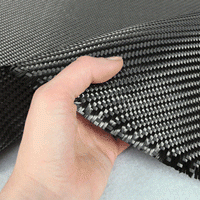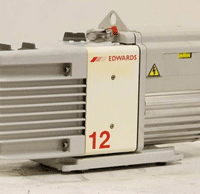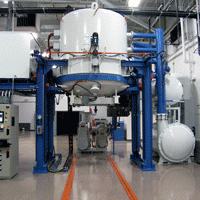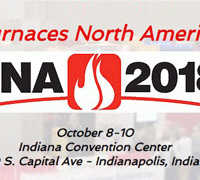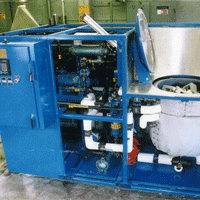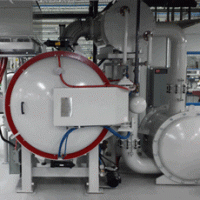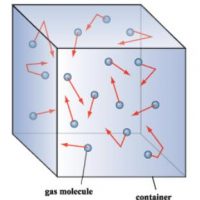More and more application uses are being found for composite materials and their use is expanding beyond just aerospace applications. As such, you may be wondering how they are manufactured. Composites are manufactured using multiple layers of material, each with different properties, combined into a single structure. By joining them in this manner, the resultant “composite” material is unusually strong and light. It has greater strength, flexure, and more favorable mechanical properties than any of the individual materials used to make the composite. Metal matrix and ceramic matrix composites enjoy widespread use in the wind power, automotive and aerospace industries, among others (Fig. 1), as they offer unique advantages over steel and aluminum. Composite manufacturing is a growing industry and has strong continued prospects for expansion.
The most popular composites, valued for their very high strength to weight ratio, are made of a woven base material such as fiberglass, aramid (Kevlar®) or carbon fiber impregnated with a resin that is hardened into a plastic using heat and/or pressure. The woven material is known as a “prepreg” since it has not yet been impregnated with resin. The resin can be epoxy, polyester, polyurethane, or other plastic in liquid form. The base fiber, such as carbon, has high tensile strength but is not stiff enough on its own to be used as a structural element. The resin can be molded and formed into various shapes but is not strong enough on its own to serve as a structural member. When the base fiber and the plastic are combined, the resultant composite material has both the strength of carbon fiber and the retained shape of the cured epoxy or other hard plastic. This feature, the ability to incorporate the most favorable mechanical properties of each of the constituent materials, is what makes composites such an attractive choice for a wide variety of lightweight structures.

